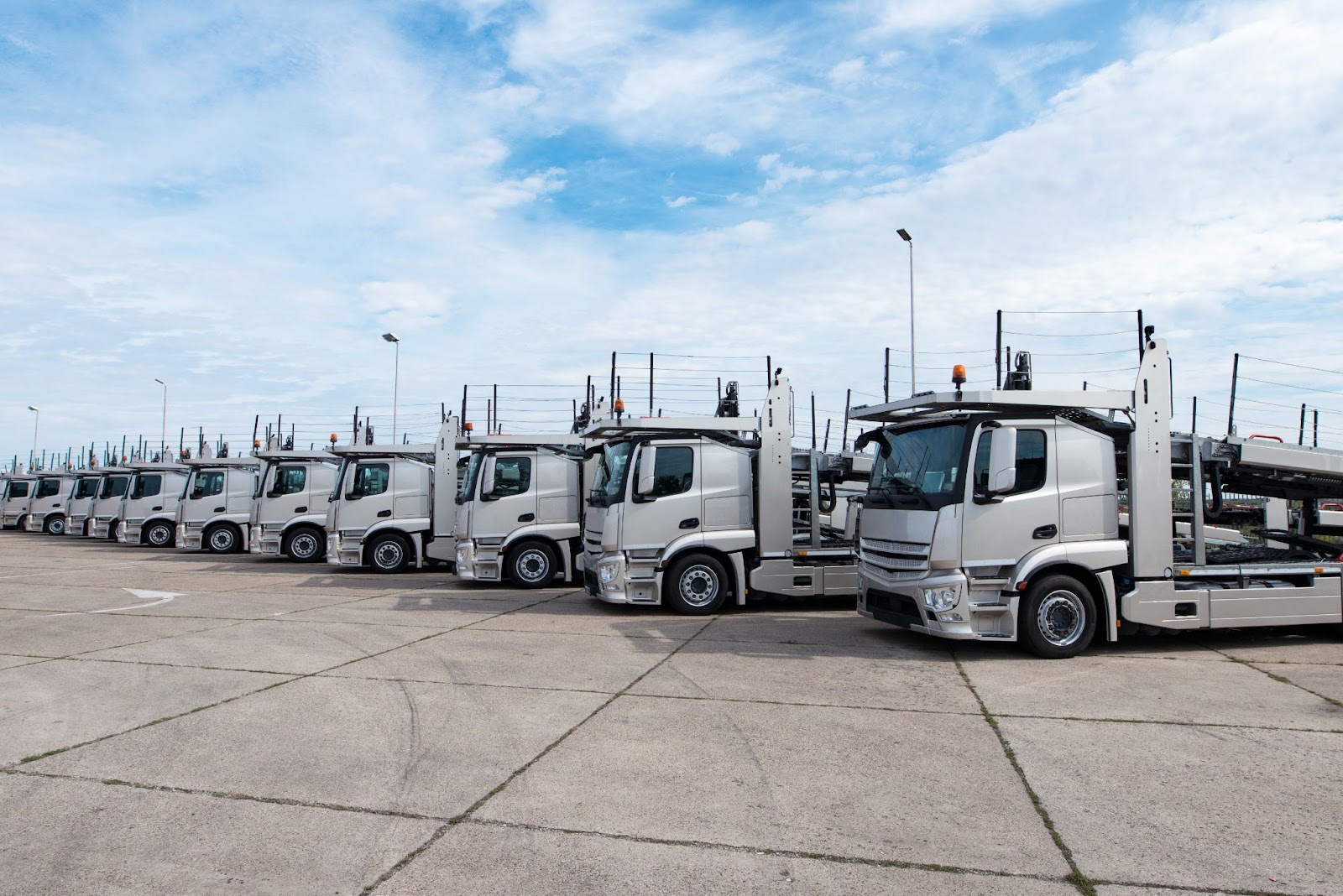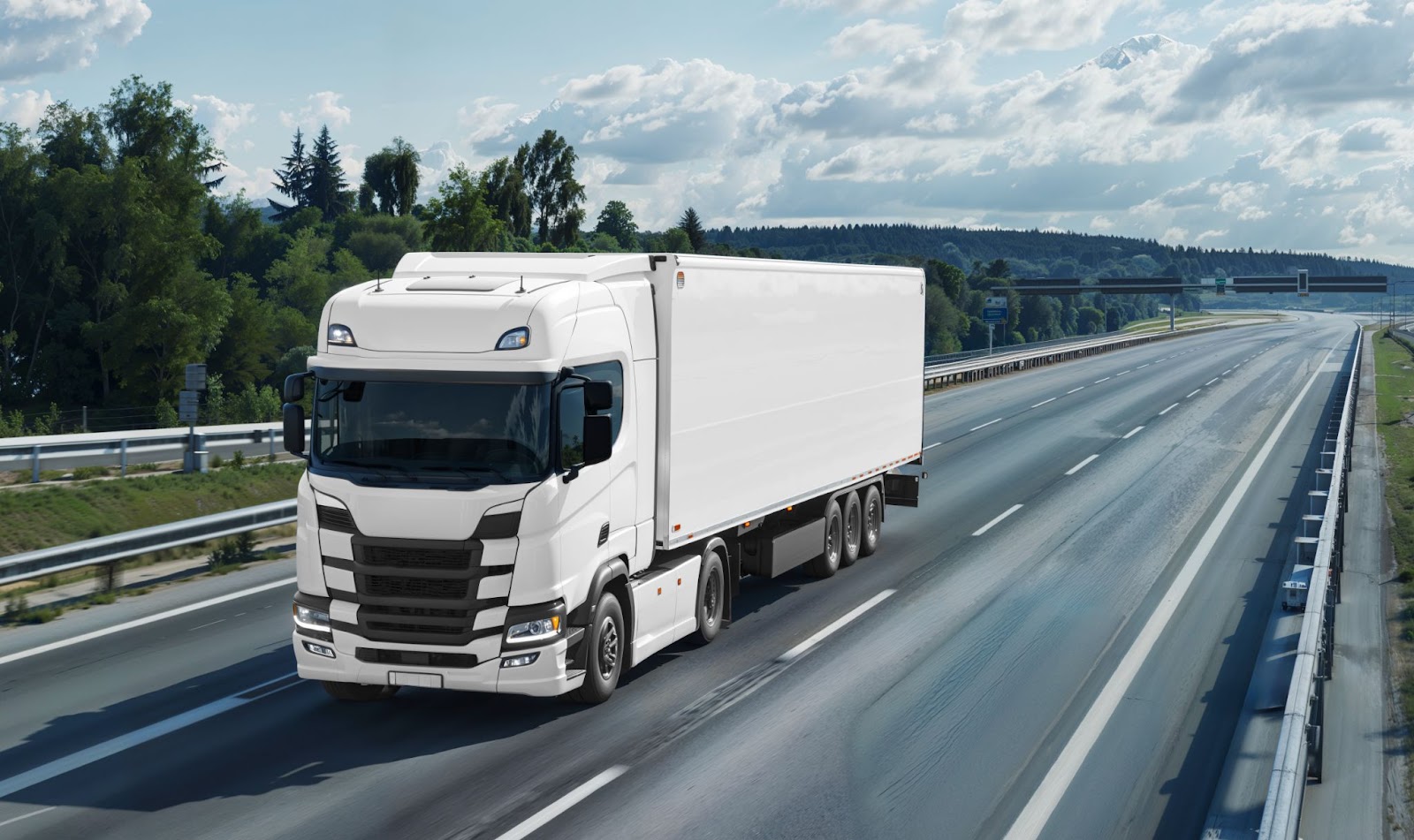How Telematics is Revolutionizing Truck Engines

Telematics has transformed the way the transportation industry operates worldwide. This technology combines information technology and communications to provide useful, real‑time information, leading to a digital revolution in the trucking industry. But do you have any idea of the real benefits you can achieve by applying truck fleet telematics?
What is telematics in a truck?
Telematics devices can be used in any vehicle and for numerous purposes. However, those used in the road transportation industry are slightly different from those employed by various types of fleets and independent users, as they are designed to better suit larger vehicles.
In terms of usage, truck fleet telematics devices are particularly useful when there is a need to obtain data on fuel consumption, circulation taxes, service hours, and the vehicle’s condition, among other purposes. Truck telematics devices are better equipped to handle rough roads; they come with longer-lasting batteries and are more durable than standard devices.
Benefits of Telematics: A Digital Revolution in Trucks

Telematics has become an invaluable tool for heavy transportation, offering solutions ranging from location tracking to monitoring vehicle performance and managing safety. Incorporating these solutions into fleet management offers several benefits, such as:
Route Optimization and Time Reduction
One of the main advantages of telematics technology is route optimization. By knowing the real‑time location of each vehicle, fleet managers can analyze and adjust routes on the fly and allocate resources more efficiently. This not only reduces operating costs but also shortens delivery times and improves distribution efficiency, ultimately maximizing customer satisfaction.
Monitoring Driver Behavior and Improving Safety
Telematics also allows companies to monitor driver behavior and identify dangerous or improper driving patterns. By doing so, businesses can implement corrective measures and training programs to enhance road safety and reduce the risk of accidents.
Some aspects include abrupt acceleration and deceleration, rapid lane changes, exhaust emissions, etc. When properly processed, the data provided by vehicle telematics can help assess risks and take the necessary precautions.
Fuel Savings and Reduction of Pollutant Emissions
The optimization of routes and the improvement in driver behavior also lead to lower fuel consumption and a reduction in harmful gas emissions. Adopting telematics systems allows companies to become more aware of their fuel consumption habits and take measures to improve both the efficiency and sustainability of their operations.
Facilitating Preventive Maintenance
By collecting and analyzing large amounts of data, predictive models can identify patterns and anomalies that indicate when a truck will need maintenance. Telematics systems can alert companies to potential issues before they escalate into major problems that could result in costly failures.
Effective Team Communication
Connecting drivers with each other or with logistics operators used to be a challenging task, but thanks to telematics technology, it has become simple and automated. There is less need for human intervention in communication: all drivers and operators receive real‑time updates about their location or status.
Greater Job Satisfaction
Telematics provides a detailed overview of drivers’ schedules and routines. For example, a driver can easily check how much time is left until the end of their shift and plan their work efficiently. Operators, in turn, can view this data and plan accordingly. The transparency and accessibility of this information increase comfort and predictability, thereby boosting job satisfaction.
How does the telematics work?
Telematics technology is a data-driven process that consists of four steps: data collection, storage, transmission, and the operations of fleet management software. Let’s take a closer look at each step.
Data Collection

A telematics system collects data through sensors, engine diagnostics, and GPS, sharing it with fleet operators so they can make informed decisions.
Sensors: These collect data on driving behavior, such as risky maneuvers, aggressive driving, abrupt braking, and rapid acceleration. They also track the vehicle’s actions and overall condition, like cabin temperature or door openings.
Engine Data: This includes information on fuel consumption and maintenance status. The system performs continuous real‑time diagnostics and provides data to support better maintenance and fleet operations.
GPS: It gathers and shares data about the vehicle’s or fleet’s location—essential for effective management—and also accesses information such as speed and overall movement.
Data Storage
The collected data is sent to the vehicle’s telematics device, where it is stored temporarily in the receiver until it is shared.
Data Transmission
From the vehicle’s “black box,” the data is transmitted to secure centralized servers via various networks. The system can rely on GPRS, satellite communication, or cellular networks such as 4G. The receiving server processes and optimizes the data for later use. In summary, the data is interpreted and categorized so operations can access and utilize it through the management software.
Fleet Management Software
From the centralized server, the optimized data reaches the fleet management software, where it is visualized and translated into a user-friendly interface. This software can be configured to perform various actions according to the needs of the team or the company.
Telematics in the Trucking Industry: The Future of Fleets
As technology continues to evolve, companies that adopt telematics are better positioned to maintain a competitive edge and an innovative model. By collecting and analyzing real‑time data, organizations can make informed decisions and optimize the performance of their fleets.
Telematics plays a fundamental role in the efficient and safe management of fleets. By embracing telematics solutions, companies can optimize their operations, reduce costs, and improve the safety of their employees and assets—ultimately providing a competitive advantage in today’s market.
